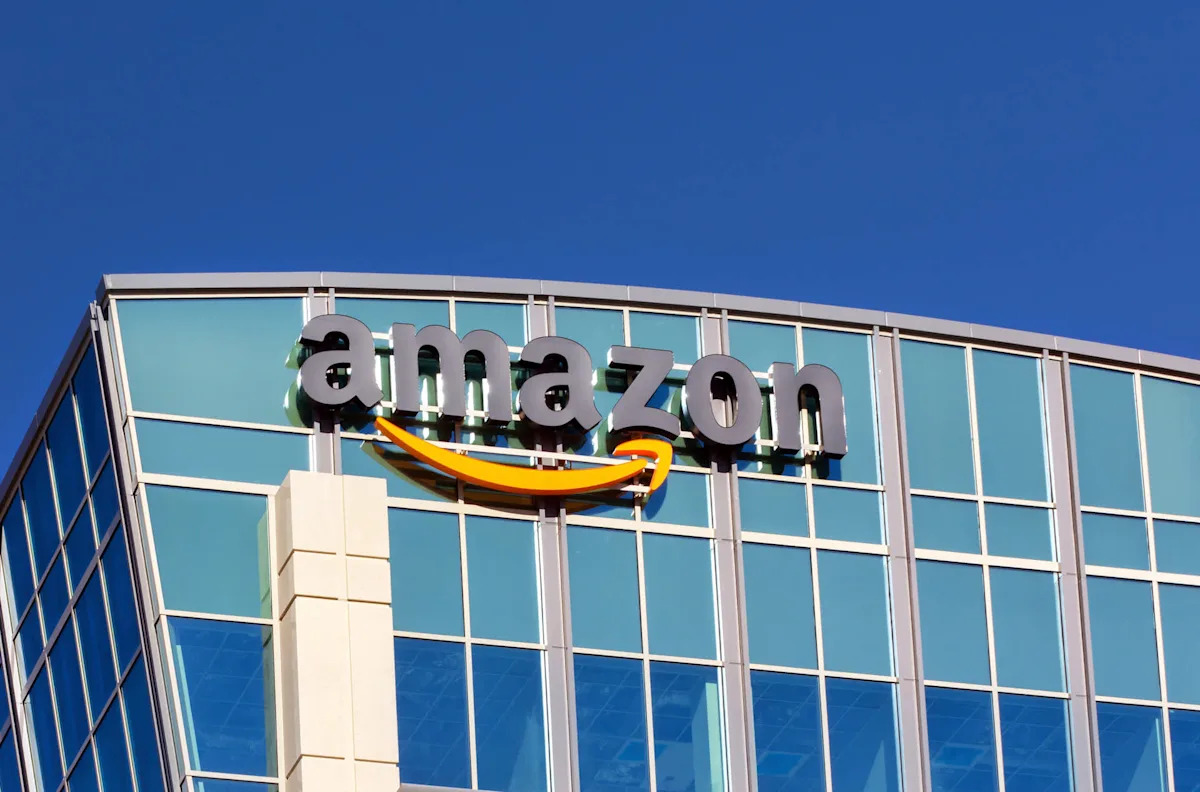Against its 2040 goal of net-zero pollution, Amazon increased its carbon footprint. The retail-tech giant’s artificial intelligence ambitions and data centers are responsible for this reversal. The development raises concerns about the environmental cost of rapid technological advancement.
What’s happening?
Engadget reported that Amazon’s carbon pollution grew by 6% in 2024. According to the company’s sustainability report, this is its first increase since 2022. The environmental impact stems from the investment in AI and data centers.
Even as a co-founder of The Climate Pledge, Amazon is looking to power more cloud services and AI operations.
Per the report, “AI chips require more electricity and cooling than traditional chips.” Beyond this needed power, Amazon is undertaking construction projects to increase server capacity.
Data center construction and fuel use in the supply chain are causing emissions to rise. Amazon’s fossil fuel pollution alone increased by 7%.
Why is Amazon’s carbon footprint concerning?
This increase in pollution is a significant setback for Amazon’s public climate goals. The corporate actions present a broader challenge: balancing technical progress with environmental responsibility.
Data centers are already large energy consumers. The more intensive demands of AI mean their energy footprint is growing.
This contributes to planet-overheating pollution, worsens health conditions, and makes extreme weather events more frequent and severe.
The reliance on electricity, often from grids powered by dirty fuels, is problematic. Increased demand undermines efforts to transition to a cleaner energy system.
Rapid expansion in the tech industry means there are extensive energy needs to support its infrastructure. Heavy energy use leads to more pollution without renewable energy strategies in place.
What’s being done about Amazon’s disregard for sustainability?
Amazon has fallen short here, but it’s made strides toward sustainability in other areas.
The company’s electric delivery vans are helping reduce its transportation pollution. It is also cutting packaging waste. By avoiding plastic air pillows in its packages, it limits plastic pollution.
Still, to meet its net-zero goal, Amazon will need to switch to renewable energy for its data centers.
Solar and wind power can offset the electricity demand from its AI operations. Energy-efficient AI models and data centers that cut energy consumption are also crucial.
Consumers who know the environmental impact of companies have the power of choice and can feel empowered to support businesses with stronger sustainability initiatives.
Amazon’s latest figures show that pollution accountability and reformed action are vital. Both commitments ensure technological advancements create — and do not hinder — a healthier, cleaner future.
Join our free newsletter for good news and useful tips, and don’t miss this cool list of easy ways to help yourself while helping the planet.
